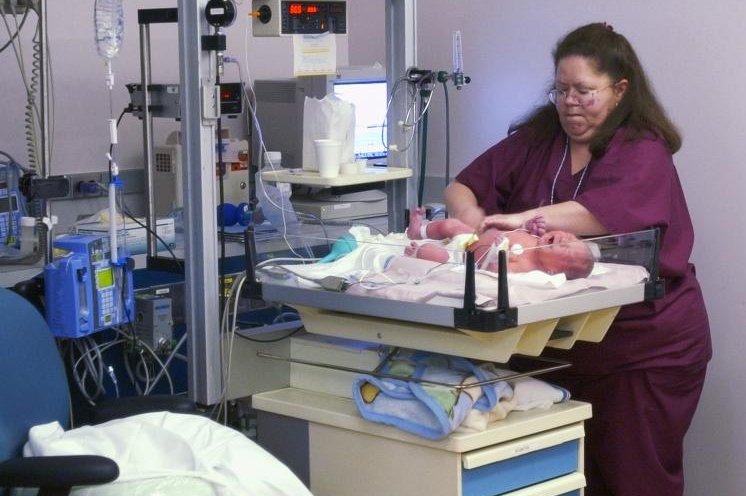
Water moving down an arroyo in Wilhoit, Arizona. (Extreme Meteorologist Reed Timmer)
Allison Finch
Tue, August 16, 2022
From a trickle of water running between rocks in a dry, barren, mountainside landscape to a roaring river in a matter of mere minutes: Monsoon floods in the Southwest escalate quickly. Each summer, Extreme Meteorologist Reed Timmer, who may be best known for chasing tornadoes, goes on "flash flood chases" in which he aims to capture the moment that the rainwaters transform the parched landscape into a dangerous wall of water.
A dramatic video recently captured by Timmer perfectly illustrated the North American Monsoon that was in full swing during early August in Wilhoit, Arizona, a town just north of Phoenix. The swift water quickly created a roaring river in the Arizona desert landscape.
Watching Timmer pull off these "flash flood intercepts," as he describes them, is something at which to marvel and as many who watch these videos may end up asking: How'd he do that?
"I've always been interested in the small-scale meteorology including tornadoes, lake-effect snow and flash floods, but I love the hybrid atmospheric and geographic approach to chasing flash floods," Timmer told AccuWeather in an interview. "It also requires all senses -- you can often hear the flash flood approaching several minutes before it arrives."
In the Southwest, states like Arizona and New Mexico are typically arid for most of the year, relying heavily on the monsoon season for yearly precipitation, AccuWeather meteorologist Alex DaSilva explained.
The dry, hard, cracked land and scarce amount of vegetation across the Southwest make it nearly impossible for any water to be absorbed into the ground, which often results in water runoff when rain falls. And it takes only an inch or two of rain to create a life-threatening situation.
"Flash floods can happen very quickly. Since the Southwest doesn't typically get as much rain as eastern areas, it can take only a small amount of rain to cause a flash flood," DaSilva said.
Timmer captured the moment that people seldom see last week. The arroyos, or dry stream beds, in the area were quickly filled with a surge of water, which seems to have no end in sight.
As water flows down the newly formed riverbed, which was created in mere seconds in front of Timmer's camera, the front wall of a flash flood is formed.
These arroyos and slot canyons carry this swift-moving water several miles away from where the rainstorm occurred, which can affect areas where it hasn't rained and threaten hikers who are not weather-aware.
"I use radar-derived rainfall data and target the storms that even have a little bit of spin evident in radar reflectivity," explained Timmer. "This means they are producing a lot of rain and are releasing the heat energy stored in the water molecules, causing the storms to have a little spin."
Timmer explained to AccuWeather in 2018 when he first started chasing floods in the Southwest, as the water flowed through the arroyos, debris came along with it, leading to what he describes as a "debris plug."
According to Timmer, when arroyos haven't flooded in a while, they typically have a massive plug of debris. Due to the friction of the earth, the debris plug moves slower, allowing for the flood to build stronger behind the plug.
"I also target the old burn scar areas from previous wildfires, because they can flood much more easily and often have debris flows or debris plugs along the front wall of the flood," said Timmer. "The debris gives the flash flood even more destructive power."
In a video he captured in 2018, the debris plug can be seen holding back a powerful current of water. His videos are just another reminder not to underestimate the power of fast-moving water. An afternoon outside or a hike in the canyons can quickly turn into a life-threatening situation.
"It's all about patience and waiting for the flood to arrive," Timmer said. "The earth's surface out here in the Desert Southwest does not absorb water very rapidly, especially across the burn scars, so it only takes about 0.75" of hourly rainfall to produce a life-threatening flash flood."
According to the National Weather Service (NWS), more people die annually as a result of flooding than from hurricanes, tornadoes and lightning, and although flash flooding is a specific type of flooding, it still causes a significant number of casualties each year.
Earlier this month, heavy rain resulted in deadly flash flooding overnight in eastern Kentucky, resulting in more than 38 casualties.
AccuWeather forecasters say these elusive videos illustrate just how dangerous flash flooding can be and highlight the importance of heeding all weather warnings and evacuation orders.









